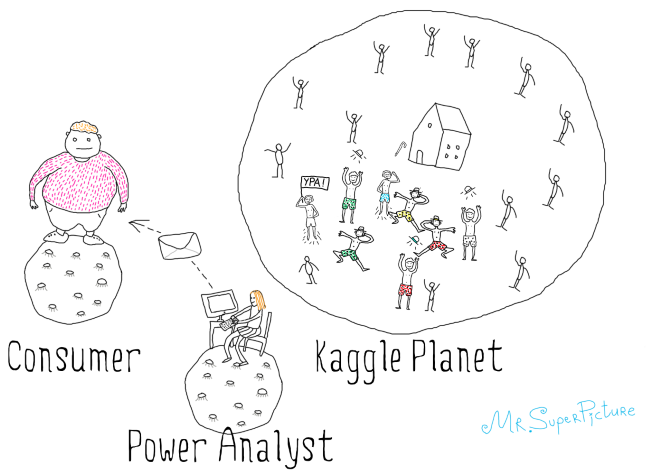
On the one hand, the more accurate the power consumption forecast for the following day for a specific consumer, the lower the total cost of electricity for this consumer. On the other, the more accurate the power consumption forecast for the following day for the entire country, the higher the power supply reliability. Thus, the wholesale electricity market is organized to push its participants to forecast their consumption in the most accurate way. How much does the consumer benefit from short-term forecast improvement? To answer the question, I’ve developed the notebook Power Consumption Forecast: Benefit from Improving. It calculates the total electricity cost reduction in the case of a 1 MWh accuracy improvement for the Russian Wholesale Electricity Market. Thus, for 2017-2019, the numbers vary from 7,000 euros per year to 13,000 euros per year for Russia depending on location. Note that Russian wholesale electricity prices are one of the lowest in the world.
Closed power consumption forecast competition
As a result, the above statement is something that consumption forecast accuracy improvement has been challenging over the years. Each consumer on the wholesale electricity market has its internal forecast system. In Russia, in 90% the «system» will be a sophisticated XLS file. To replace an existing system with a new one, the consumer needs to make sure of accuracy improvement: a new system will allow a reduction in forecast error and, as a result, reduce total electricity cost. For that, the consumer organizes forecast competitions a la Kaggle. Rules are simple: based on the actuals, the challenger builds power consumption short-term forecast models and, later within the agreed period, makes daily consumption forecasts applying the model. At the same time, a consumer makes its forecasts under the same conditions. After a while, the two predictions are compared. As a result of the comparison, the consumer decides on the deployment of the challenger forecast system.
In Russia, wholesale power consumers organize a lot of closed competitions, exchanging the data by email. Maybe in the other areas, the consumers behave in a similar way, because I have found just a few Kaggle InClass competition attempts and a few more discussions about the issue on Kaggle. That’s it. If anyone knows better, please correct me.
Why do you think the competitions are not organized on Kaggle?
I’m a newbie on Kaggle but have had experience with several closed competitions in power consumption and power price forecast on the wholesale electricity market of Russia over the last few years. Let me make a suggestion.
The short-term power consumption forecast models are being built on past period values, so-called lags. Actual values allow us to train the model, but don’t enable us to make forecasts for a rather long period, for example, two months. Two months was the duration of my last competitions. Today, to make a forecast for tomorrow, the model needs values for several previous days: yesterday, the day before yesterday and so on. Tomorrow, the conditions will remain, and the model requires the same lags. Thus, the only way to compete is to do it iteratively day by day.
So why not Kaggle? I suppose that, first, Kaggle does not provide a technical platform for such step-by-step competitions. Second, the wholesale electricity market is rather closed, and maybe consumers don’t want to share their consumption values.
In my opinion, closed competitions reduce the overall forecast quality of the wholesale electricity market.